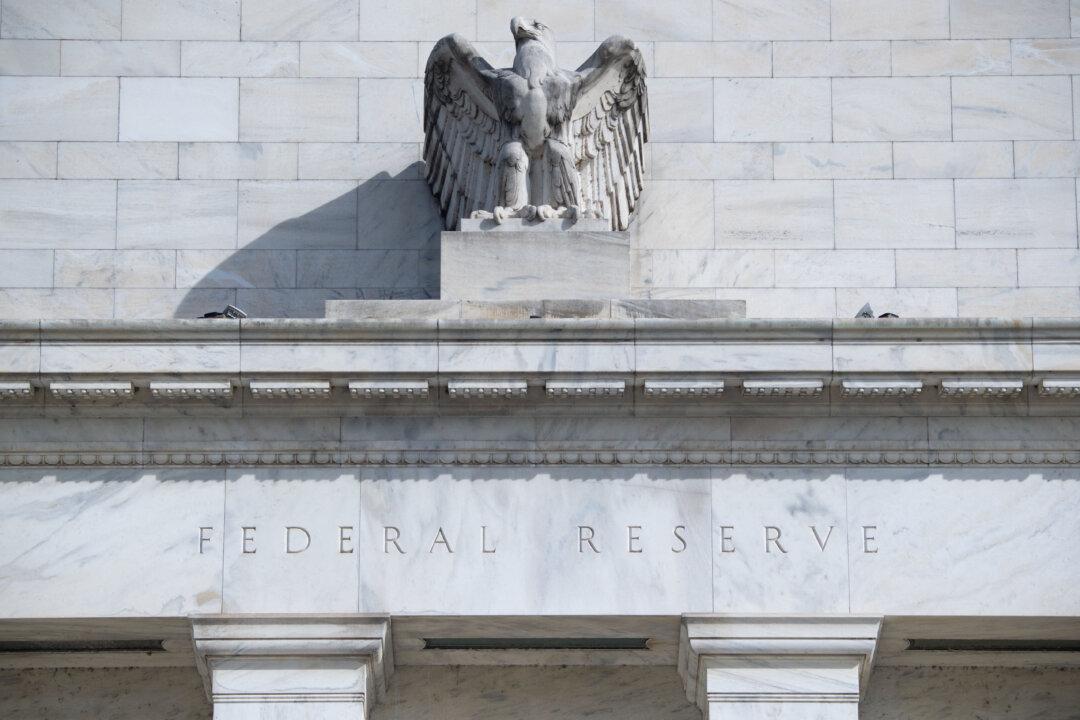On March 10, Silicon Valley Bank (SVB) was shut down by banking regulators. This was the second-largest bank collapse in U.S. history, only behind the collapse of Washington Mutual in 2008 during the financial crisis. Signature Bank was shut down on March 12. First Republic Bank was seized by regulators on May 1. Worse yet, Weiss Ratings is now warning that 4,243 U.S. banks and credit unions are vulnerable to fail. Weiss Ratings—the nation’s only independent ratings agency that assesses the safety and risks of U.S. banks and credit unions—has now issued a red warning flag for 1,210 institutions that are at risk for imminent failure. In addition, 3,043 were issued a yellow warning flag; in total, 45 percent of all banks and credit unions in the United States have been deemed vulnerable.

The Federal Reserve Board building in Washington, on March 16, 2022. Saul Loeb/AFP via Getty Images
Since the sudden closures, many bank customers have wondered about the safety of their deposits. Here’s what you need to know about what happened and how to protect your hard-earned money.
Established in 1972, McAlvany Precious Metals is the leading expert in precious metals IRAs, compounding ounces strategies, and relational integrity within the precious metals industry. We utilize experienced advisors that have helped investors determine which precious metals are appropriate for optimized investment objectives for 50 years.
Author’s Selected Articles

